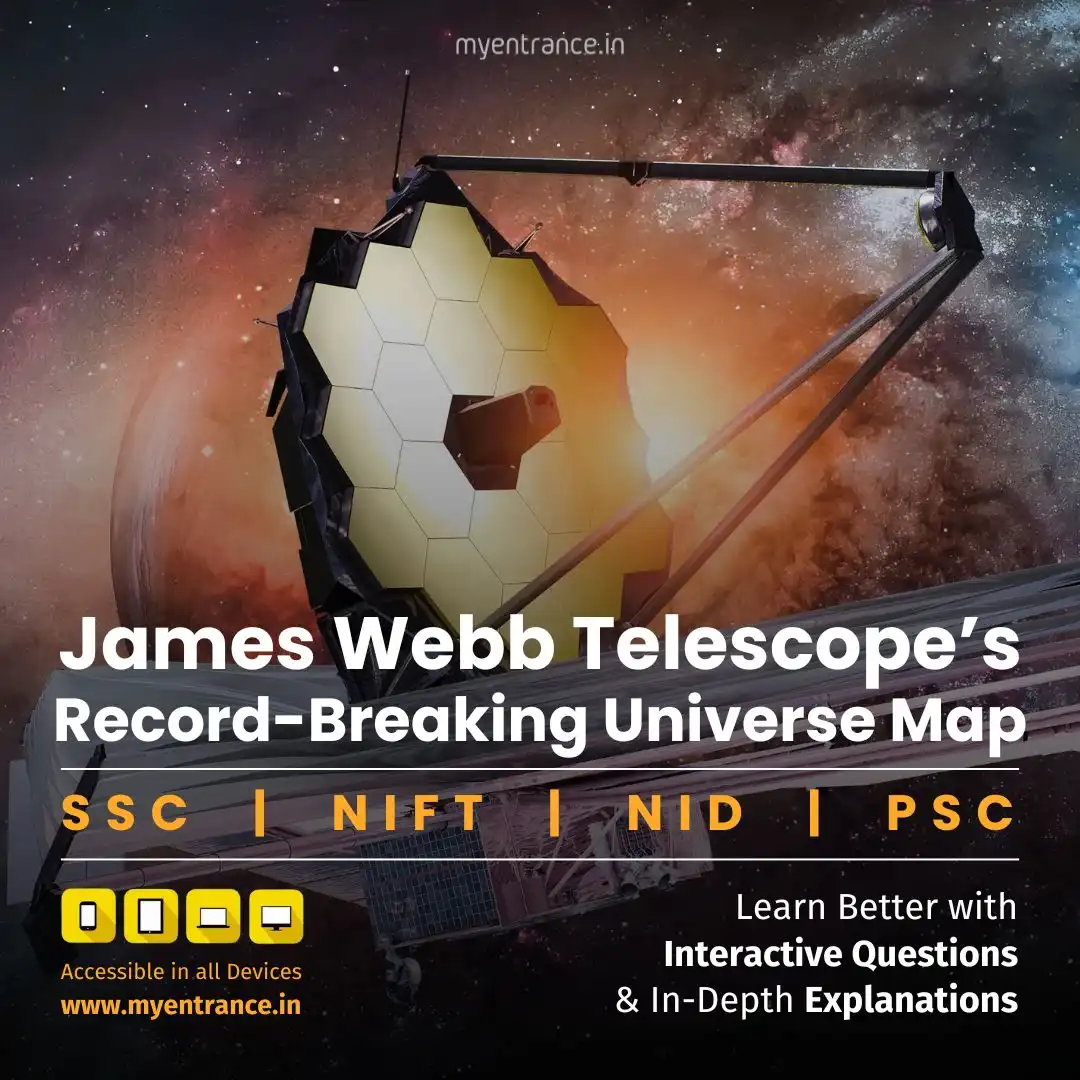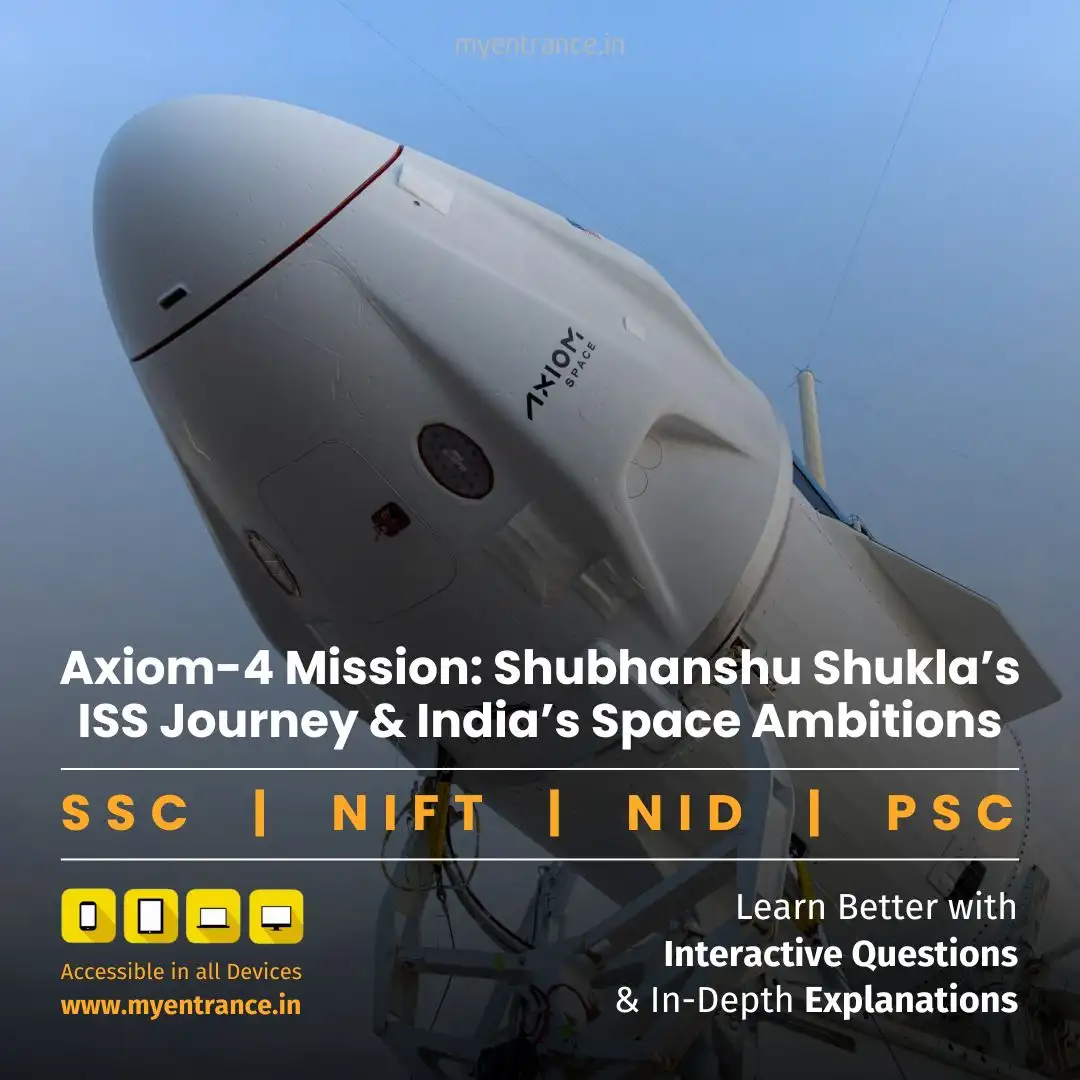Select Language
James Webb Telescope’s Cosmic Breakthrough: Largest-Ever Map Reveals 800,000 Galaxies
The James Webb Space Telescope (JWST) has revolutionized astronomy with its latest release—the largest and most comprehensive map of the universe ever assembled. Capturing 800,000 galaxies across 13.5 billion years, this extraordinary dataset provides scientists with an unparalleled view of cosmic evolution, from the earliest galaxies to the vast structures we see today.
James Webb Telescope’s Historic Cosmic Map: A New Era in Astronomy
The COSMOS-Web survey, led by an international team of astrophysicists, has produced the most extensive deep-field image of the universe to date. Using the James Webb Space Telescope’s advanced infrared capabilities, researchers mapped nearly 800,000 galaxies in a patch of sky three times the size of the full moon.
Key Discoveries from the COSMOS-Web Survey:
Earliest Galaxies Ever Observed: Some galaxies in the map date back to just 300 million years after the Big Bang, offering clues about the universe’s infancy.
98% of Cosmic History Covered: The survey spans 13.5 billion years, capturing nearly the entire lifespan of the universe.
Infrared Precision: JWST’s ability to detect stretched infrared light from ancient galaxies allows scientists to study previously invisible cosmic structures.
Unprecedented Detail: Unlike Hubble’s deep-field images, JWST’s map is vastly larger and deeper, revealing fainter and more distant objects.
How Scientists Captured This Landmark Image
The JWST spent 255 hours observing the COSMOS field, a region chosen for its minimal interference from stars and gas clouds. By analyzing different wavelengths of light, researchers constructed a multi-layered cosmic timeline, showing how galaxies evolved over billions of years.
*“If Hubble’s Ultra Deep Field were the size of a sheet of paper, our image would be a 13-foot mural at the same depth,”* says Dr. Caitlin Casey, co-lead of the COSMOS-Web project.
How to Explore the Interactive Map
Astronomy enthusiasts can dive into this cosmic treasure trove using the COSMOS-Web interactive viewer:
Navigate the Map: Zoom in to examine individual galaxies or pan across vast cosmic structures.
Use Filters & Layers: Adjust settings to highlight specific wavelengths or objects of interest.
Search & Analyze: Enter catalog IDs to pull up raw images and scientific data on distant galaxies.
This tool isn’t just for scientists—anyone can explore the universe like never before!
Sample Questions & Answers (FAQs)
1. What makes JWST’s cosmic map different from Hubble’s deep-field images?
Answer: JWST’s map is far larger and deeper, covering 800,000 galaxies across 13.5 billion years, whereas Hubble’s Ultra Deep Field captured a much smaller region with fewer distant galaxies.
2. How far back in time does this map go?
Answer: The oldest galaxies in the map are seen as they were just 300 million years after the Big Bang, making them some of the earliest ever observed.
3. Why is infrared detection crucial for this survey?
Answer: As the universe expands, light from ancient galaxies stretches into infrared wavelengths, which JWST is uniquely designed to detect.
4. Can the public access this cosmic map?
Answer: Yes! The COSMOS-Web interactive viewer allows anyone to explore the galaxies, adjust filters, and study cosmic history.
5. What’s next for JWST’s cosmic surveys?
Answer: Scientists plan to expand observations, probing even earlier cosmic eras and studying dark matter’s role in galaxy formation.
Most Predicted Questions
Comprehensive study materials, Expert-guided tips & tricks, Mock tests and instant results.
Start your SSC, NIFT, NID, FDDI, PSC journey today with MyEntrance, your ultimate online coaching platform.








